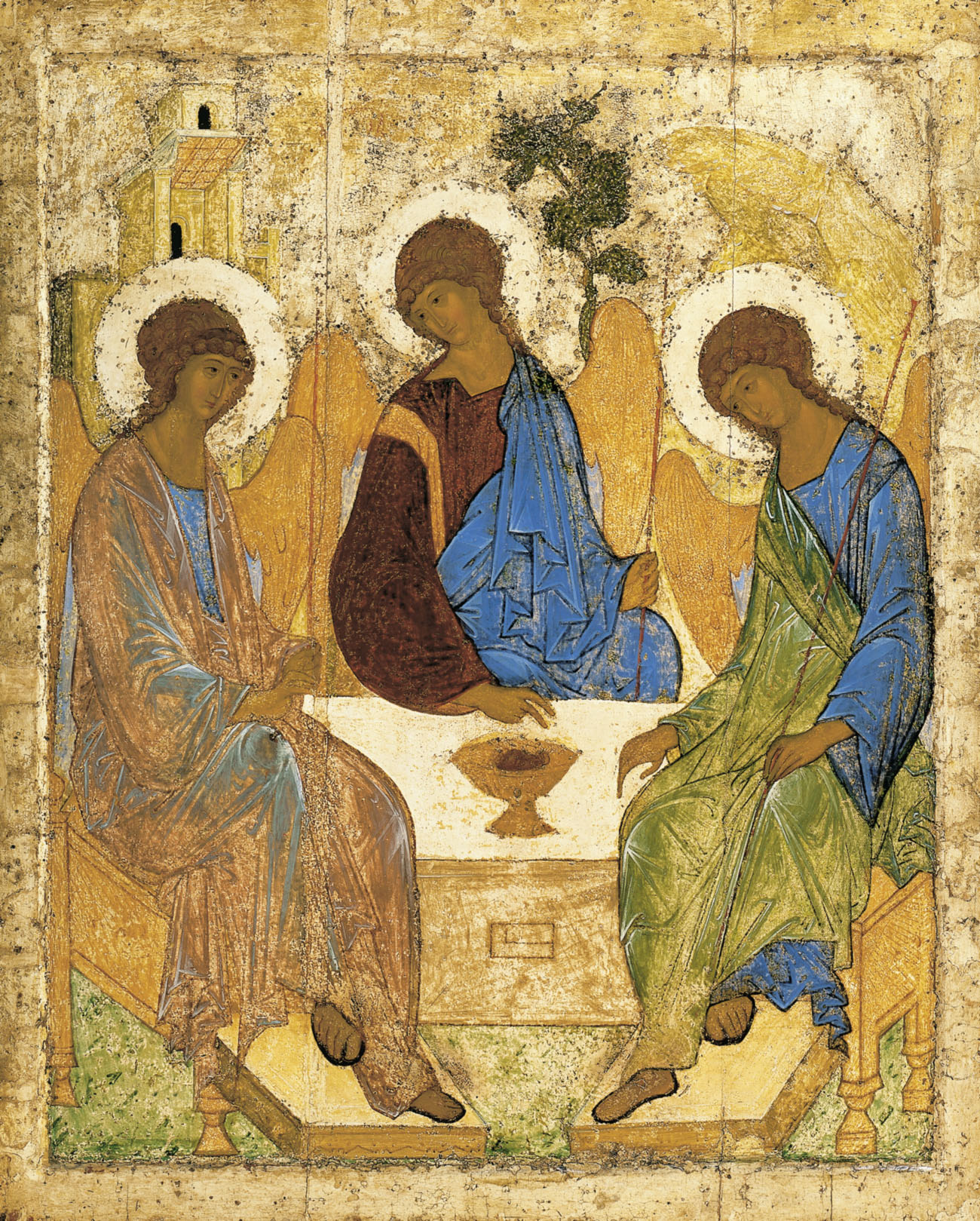Day Twelve Consecration to Mary for the 21st Century/A Lenten Journey
containing the image. A monastery was founded in Częstochowa to enshrine the icon in 1386, and soon King Jagiello built a cathedral around the chapel containing the icon.
Day Twelve
Tuesday of the Second Week of Lent
Prayers for this week, Days11-17 in Lent:
Begin each day with "Lord, I wish to consecrate myself to You, through Your Mother, Mary."
First Meditation
An icon is a representation of something. You may think of the icons on your desktop. Aren't the icons representing programs. A religious icon depicts something sacred. This is a picture of an icon of Jesus with Mary. Use this icon as the focus of your meditation, this morning. What do you think of her expression? What is she doing? Is she black? Make up a story of why Mary is posed as she is.
Second Meditation
Here is the story of this icon. Meditate upon the differences between your narrative and the real history.
The Monastery of Jasna Góra in Częstochowa, Poland, is the third-largest Catholic pilgrimage site in the world. Home to the beloved miraculous icon of Our Lady of Częstochowa, the monastery is also the national shrine of Poland and the center of Polish Catholicism.
According to tradition, the icon of Jasna Góra was painted by Luke the Evangelist on a tabletop built by Jesus himself, and the icon was discovered by St. Helen, mother of Emperor Constantine and collector of Christian relics in the Holy Land. The icon was then enshrined in the imperial city of Constantinople, according to the legend, where it remained for the next 500 years.
In 803, the painting is said to have been given as a wedding gift from the Byzantine emperor to a Greek princess, who married a Ruthenian nobleman. The image was then placed in the royal palace at Belz, where it remained for nearly 600 years.
History first combines with tradition upon the icon's arrival in Polandin 1382 with a Polish army fleeing the Tartars, who had struck it with an arrow.
Legend has it that during the looting of Belz, a mysterious cloud enveloped the chapel
.jpg) |
| Icon cleaned. |
However, the image soon came under attack once again. In 1430,Hussites (pre-Reformation reformers) attacked the monastery, slashed the Virgin's face with a sword, and left it desecrated in a puddle of blood and mud.
It is said that when the monks pulled the icon from the mud, a miraculous fountain appeared, which they used to clean the painting. The icon was repainted in Krakow, but both the arrow mark and the gashes from the sword were left and remain clearly visible today.
The miracle for which the Black Madonna of Częstochowa is most famous occurred in 1655, when Swedish troops were about to invade Częstochowa. A group of Polish soldiers prayed fervently before the icon for deliverance, and the enemy retreated. In 1656, King John Casimir declared Our Lady of Częstochowa "Queen of Poland" and made the city the spiritual capital of the nation.
The Virgin again came to the aid of her people in 1920, when the Soviet Russian Red Army gathered on the banks of the Vistula River, preparing to attack Warsaw. The citizens and soldiers fervently prayed to Our Lady of Częstochowa, and on September 15, the Feast of Our Lady of Sorrows, she appeared in the clouds above Warsaw. The Russians were defeated in a series of battles later dubbed the "Miracle at the Vistula."
During Nazi occupation, Hilter prohibited pilgrimages to Jasna Góra, but many still secretly made the journey. In 1945, after Poland was liberated, half a million pilgrims journeyed to Częstochowa to express their gratitude. On September 8, 1946, 1.5 million people gathered at the shrine to rededicate the entire nation to the Immaculate Heart of Mary. During the Cold War, Jasna Góra was a center of anti-Communist resistance.
Pope John Paul II, a native of Poland, was a fervent devotee of the Virgin Mary and of her icon at Częstochowa. As pope, he made pilgrimages to pray before the Black Madonna in 1979, 1983, 1991, and 1997. In 1991, he held his Sixth World Youth Day at Czetochowa, which was attended by 350,000 young people from across Europe.
Other popes have honored the "Queen of Poland" as well. Pope Clement XI officially recognized the miraculous nature of the image in 1717 and in 1925 Pope Pius XI designated May 3 a feast day in her honor. Pope Benedict XVI visited the shrine on May 26, 2006.
Third Meditation
As you read, Our Lady of Czestochowa is famous throughout Poland. The United States is officially dedicated to Mary of the Immaculate Conception. She is specifically honored at the Basilica of the National Shrine of the Immaculate Conception as the Patroness of the United states of America. Thank God for Mary, our country, and Mary's prayers for our country.
End the day with "Lord, hear Your Mother's prayers," and the examen.
End your day with an examination of conscience--even in bed.
Lord, hear Your Mother's prayers.
What good did I do today?
Where did I fail?
How can I do better?



No comments:
Post a Comment